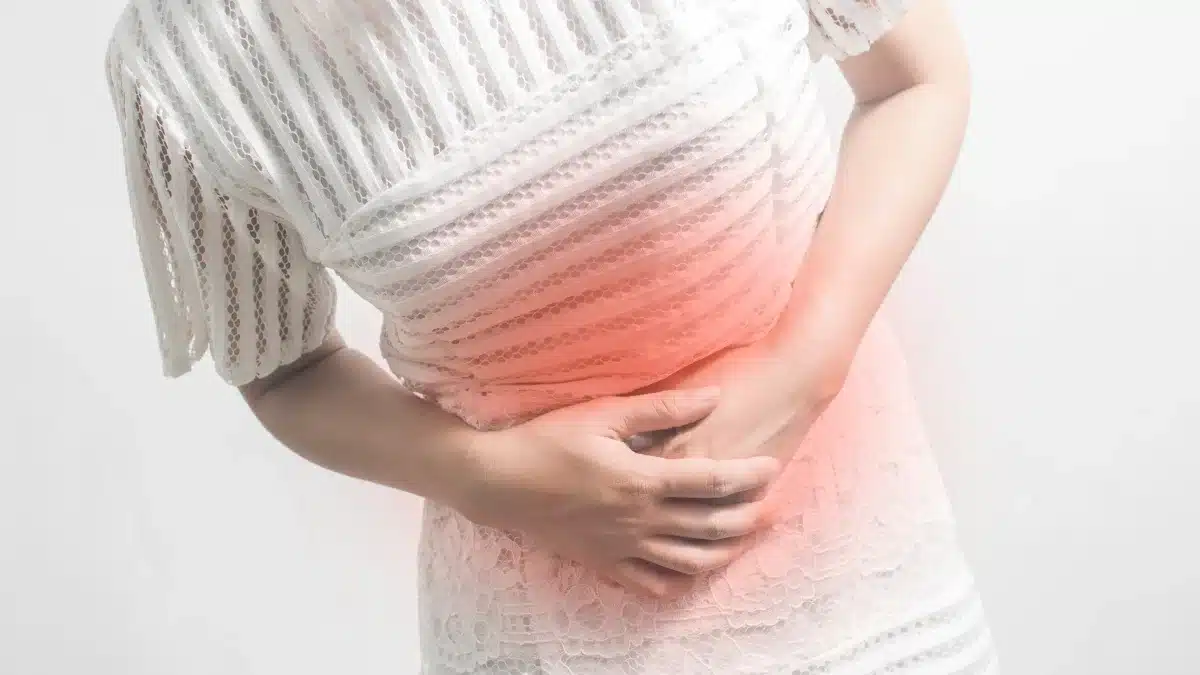Understanding and Managing Cramps on Birth Control
Many individuals turn to hormonal birth control methods to manage and alleviate various menstrual symptoms, including cramps.
While these methods are generally effective in reducing the severity of menstrual cramps, some individuals may still experience cramps on various types of birth control methods.
Understanding the nuances and managing these occurrences can significantly impact your experience.
This article will examine the factors causing cramps on birth control and how to manage them.
Understanding cramps on birth control
There are many types of birth control available such as oral contraceptive pills, IUDs, vaginal rings, patches, injections, and condoms.
These methods have several side effects.
However, two types of methods— hormonal contraceptive pills and IUDs can cause pain in the lower abdomen.
Some birth control pills that can cause cramps as a side effect include Sprintec.
For most individuals, cramps on birth control are often temporary and can subside after few days or months.
Factors influencing cramps on birth control
Several factors can lead to cramps on birth control:
- Hormonal birth control pills typically are known to alleviate menstrual cramps. However, the body may take some time to adjust to the new hormonal levels, leading to temporary symptoms similar to during menstruation
- Missed doses or incorrect timing of birth control pill consumption can quickly change hormone levels, leading to symptoms such as cramping, spotting, and bleeding
- Cramping after getting an IUD is common because inserting the device requires widening the cervix, causing discomfort
- Copper IUDs are associated with a higher likelihood of persistent cramping
- With hormonal IUDs, some women may experience increased cramping initially, while others may find relief from pre-existing menstrual cramps
Managing cramps on birth control

Managing cramps due to birth control involves a combination of approaches, from home remedies to seeking guidance from a healthcare professional:
- Over-the-counter pain relievers: Use OTC medications like Acetaminophen or Ibuprofen to alleviate discomfort
- Heat therapy: Place an electric blanket or heating pad on the lower abdomen to relax muscles and ease cramping
- Light exercise: Engage in light physical activity. Exercise can help reduce cramps by increasing blood flow and releasing endorphins
- Rest: Allow yourself adequate rest. Lie down, use pillows for support, and find a comfortable position that eases the discomfort
If the cramps persist or worsen after trying these remedies or after switching to a new birth control method, consult your doctor.
It’s essential to rule out any underlying conditions or explore alternative birth control options that might suit your body better.
Conclusion
Experiencing cramps while on birth control methods such as oral contraceptive pills and IUDs can be a temporary and manageable occurrence for many individuals.
Hormonal birth control methods, often designed to alleviate menstrual symptoms, may still prompt temporary cramping during the initial stages of use.
Factors like adjusting to new hormones, missed doses of birth control pills, inserting IUDs, and types of IUDs can cause cramping.
Managing cramps involves a combination of home remedies like pain relievers, heat therapy, light exercise, rest, and maintaining good hydration and nutrition.
However, if cramps persist or worsen, seeking medical advice is crucial to rule out underlying conditions or explore alternative birth control options better suited to an individual’s needs.
So, selecting the most suitable birth control method in consultation with a healthcare provider is crucial for managing and preventing cramps.
Frequently Asked Questions
Why am I cramping while on birth control?
Cramping while on birth control can happen due to various reasons. Some birth control methods might cause changes in hormone levels, leading to cramps. Additionally, certain types of birth control can cause the uterus to contract, resulting in cramping.
Can birth control cause cramps but no period?
Yes, birth control can sometimes cause cramps without a period. Hormonal birth control methods like hormonal IUDs or the pill can sometimes lighten or stop periods altogether. In such cases, cramping might still occur due to the hormonal changes affecting the uterus, even if bleeding is reduced or absent.
How do you fix birth control cramps?
There are a few strategies you can try to alleviate the discomfort. Over-the-counter pain relievers can help manage cramps. Using a heating pad on the lower abdomen can also provide relief. If the cramps persist or are severe, consult a healthcare professional to rule out any underlying issues.
How long does it take for your body to adjust to birth control?
The time it takes for your body to adjust to birth control can vary from person to person. Many may experience side effects such as cramping or mood changes in the first few months of starting birth control. For most people, these side effects tend to lessen within three to six months.
WowRx uses only high-quality sources while writing our articles. Please read our content information policy to know more about how we keep our content reliable and trustworthy.






